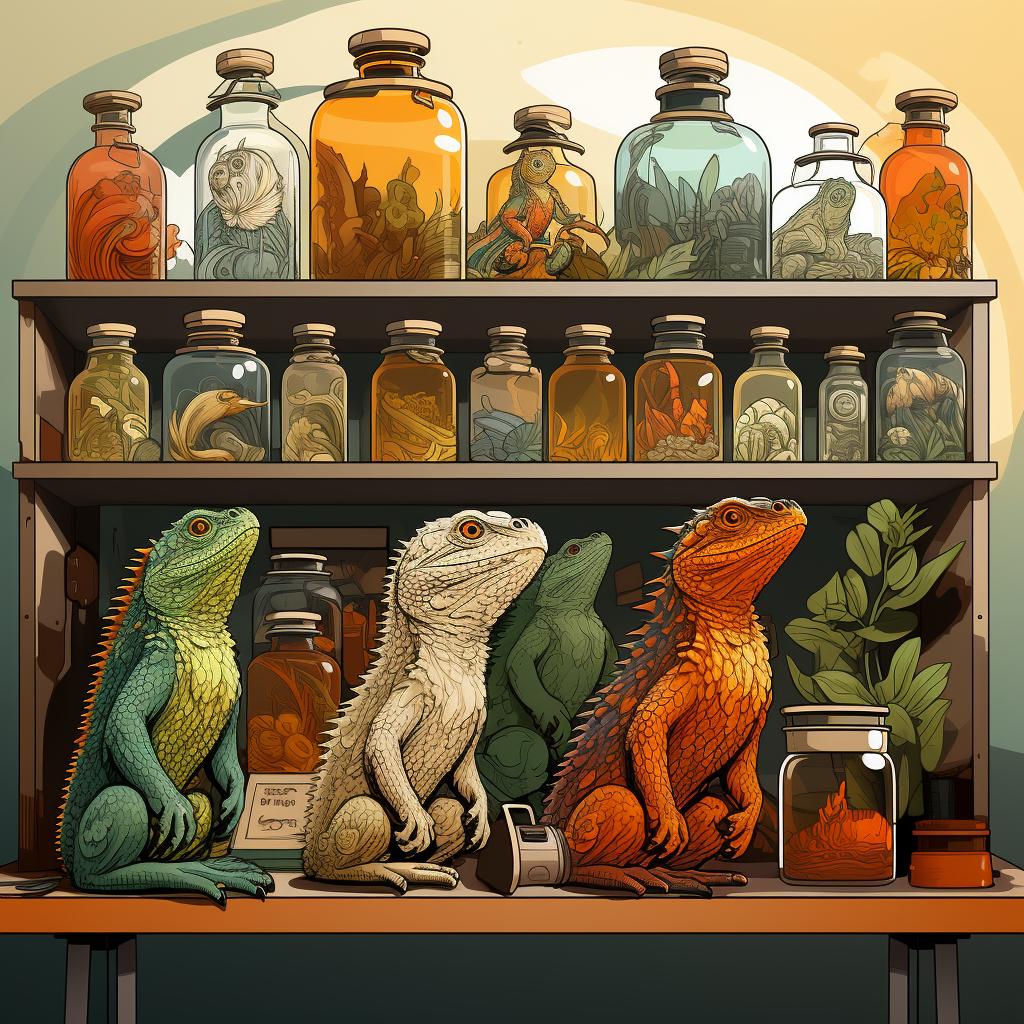🐉 Setting Up a Cohabitation-Friendly Bearded Dragon Enclosure
Creating a Cohabitation-Friendly Bearded Dragon Enclosure
Setting up a bearded dragon enclosure that can accommodate multiple dragons can be a rewarding experience. However, it requires careful planning and consideration to ensure the dragons' well-being and reduce the risk of conflicts. Here are some steps to follow when creating a cohabitation-friendly bearded dragon enclosure:
Step 1: Choose a Large Enclosure
Select an enclosure that is spacious enough to comfortably house multiple bearded dragons. A minimum of 120 gallons is recommended for two dragons, but the larger the enclosure, the better. Providing ample space allows each dragon to establish its territory and reduces the likelihood of territorial disputes.
Step 2: Create Multiple Basking Areas
To prevent competition, it's crucial to set up multiple basking spots within the enclosure. Each dragon should have its own designated area equipped with a heat lamp. This ensures that all dragons have access to a warm and comfortable spot to bask and regulate their body temperature.
Step 3: Provide Multiple Hiding Spots
Including several hiding spots in the enclosure is essential for the dragons' well-being. Hiding spots provide a sense of security and personal space, reducing stress and potential aggression. Rocks, logs, and artificial caves can be used to create hiding spots where the dragons can retreat to when they need privacy or want to escape from other dragons.
Step 4: Separate Feeding Areas
To prevent food-related conflicts, it's important to designate separate feeding areas for each dragon. This can be achieved by using separate feeding dishes or placing the food in different corners of the enclosure. Ensuring that each dragon has its own feeding area minimizes the chances of one dragon dominating the food and depriving others of their share.
Step 5: Monitor Behavior Closely
Keeping a close eye on the dragons' behavior is crucial when they are housed together. If you notice signs of stress or aggression, such as head bobbing, biting, or tail waving, it may be necessary to separate the dragons. Some dragons may not tolerate cohabitation, and it's important to prioritize their individual well-being.
Creating a cohabitation-friendly bearded dragon enclosure requires careful consideration of the dragons' needs and behaviors. By providing ample space, multiple basking and hiding spots, separate feeding areas, and closely monitoring their behavior, you can create an environment where multiple dragons can coexist harmoniously. Remember, each dragon is unique, and it's important to prioritize their individual well-being when deciding on cohabitation.

















